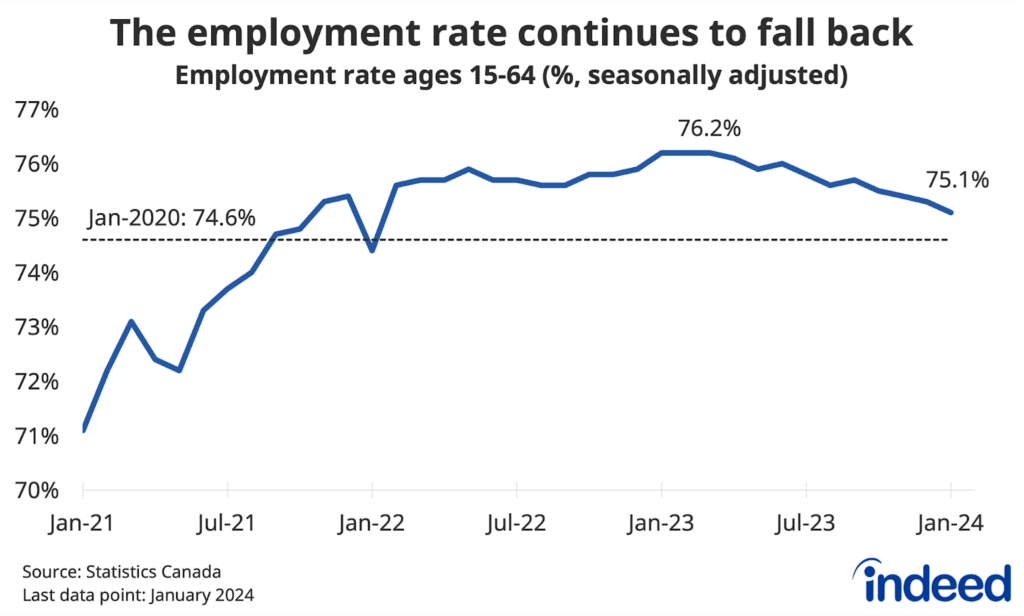The pandemic’s second wave has shifted part of the Canadian economy back into containment mode. Surging cases and resulting restrictions on certain activities could halt the solid progress the labour market has made after its unprecedented crash earlier this year.
So far though, economy-wide real-time indicators don’t suggest anywhere near the same labour market disruption as we saw during the spring. Job postings on Indeed continued to recover through October 23, in contrast to their plunge after mid-March. While small business sentiment dipped in October according to the Canadian Federation of Independent Business, capacity utilization rates held steady.
At the same time, pandemic exposed sectors have been hit. Job postings in food service and preparation, as well as sports (which include fitness instructors) have been weak, while restaurant reservations through OpenTable have dropped.
The October job numbers are going to reflect some combination of these two trends. In particular, they’ll depend on how bad the shock has been to industries like accomodation and food services, as well as culture, and recreation, and whether there’s enough strength elsewhere in the economy to offset the hit.
As was the case earlier in the pandemic, monitoring hours worked will be just as important as headline employment in assessing the labour market. While the two metrics have moved similarly over the recovery, hours fell much faster at the onset of the crisis, as some workers weren’t technically laid off, but didn’t have an open workplace to attend. The distinction could once again be of importance, but will be relevant to fewer sectors of the economy than during the first wave.






